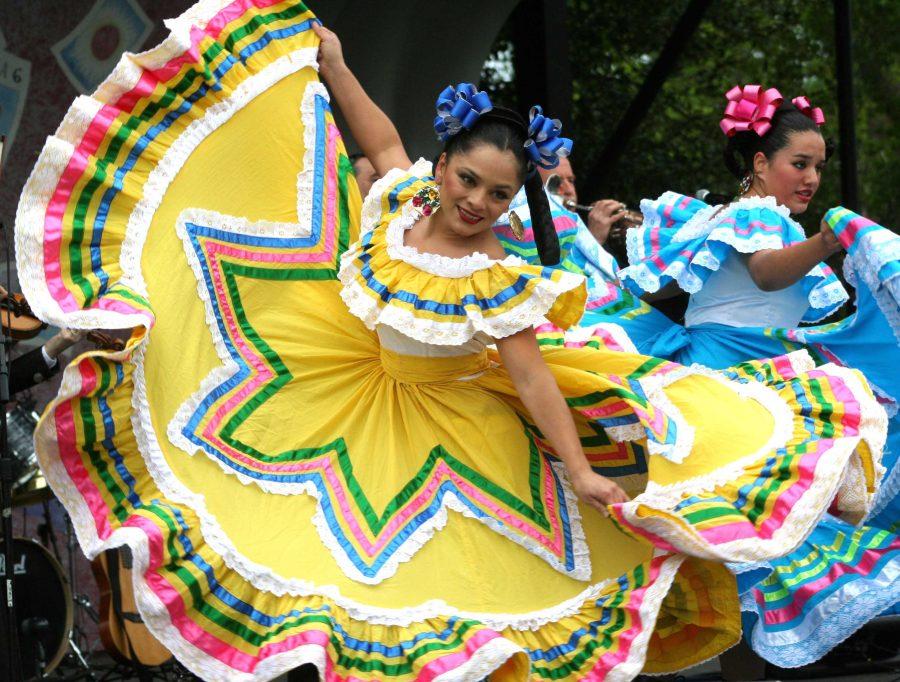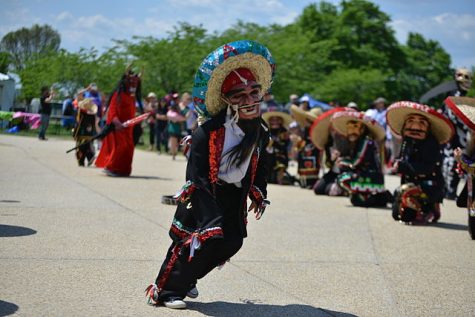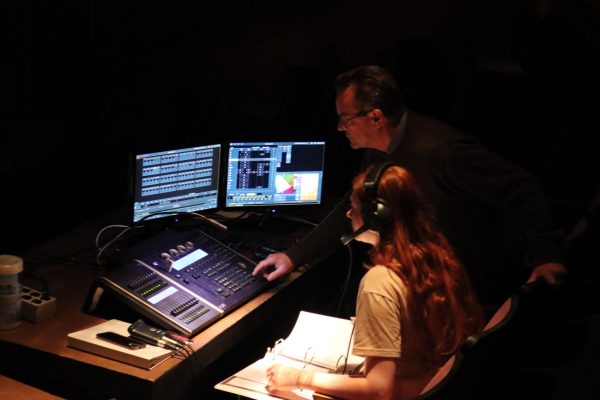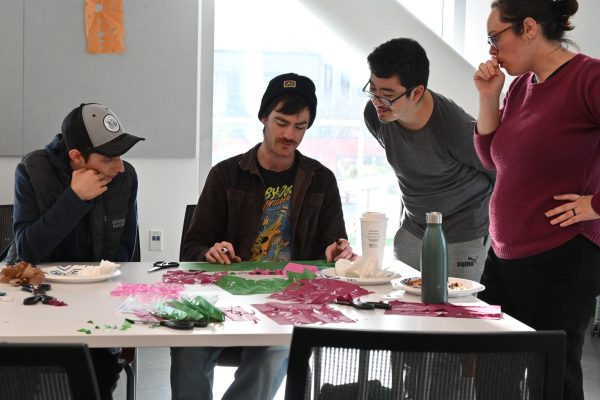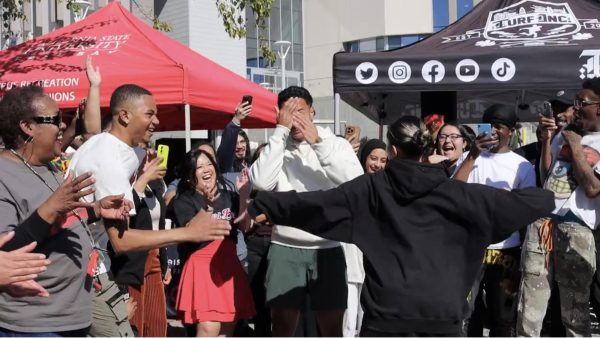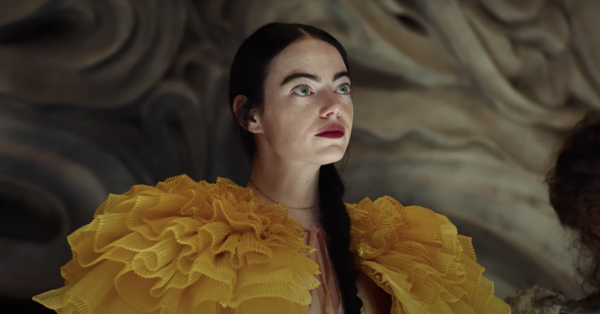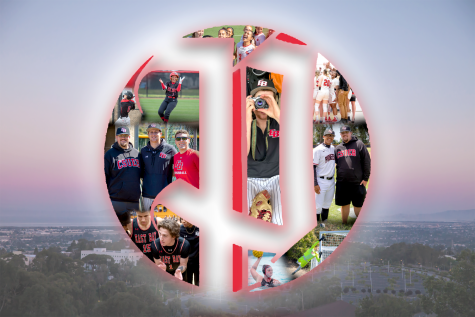Celebrate Cinco de Mayo the right way
Cinco de Mayo is upon us again which means tequila shots, margaritas, chips, salsa and guacamole are served in more copious amounts than usual. This is because most of America and it’s advertisers know no better way to commercialize and celebrate this historically Mexican holiday.
The fifth of May, which is the English translation for Cinco de Mayo, is a holiday that commemorates Mexico’s victory over French forces in Puebla, Mexico in 1862, according to an article by the History Channel.
A common misconception about Cinco de Mayo is that it is designed to celebrate Mexican Independence Day, but this is false. Aside from being celebrated with much less fanfare in Mexico than in the United States, Cinco de Mayo also holds much less significance than Mexican Independence Day, which is commemorated on September 16.
In Mexico, Cinco de Mayo is not known as that, but rather as the day of La Batalla de Puebla, which means The Battle of Puebla.
According to the History Channel’s website, Mexico’s triumph in the Battle of Puebla gained immediate historical significance due to the unlikely victory; an outnumbered, poorly equipped Mexican army of about 2,000 men defeated a strong, fully prepared French army of about 6,000 men backed by heavy artillery.
This triumph quickly became a symbolic moment of resistance, courage and determination against European dominance — especially as Mexico’s battle of resistance continued.
Although Cinco de Mayo is a day that symbolized Mexican pride and patriotism, it is not recognized as a federal holiday in Mexico. Students get the day off from school, but banks, stores and offices remain open.
So this leads to one major question: why does the United States make such a big deal out of Cinco de Mayo? According to The Daily Dot, an online newspaper that covers Internet culture and life, Mexico’s improbable victory over the French was favorably seen by the United States because they feared having France in such close proximity to the Confederacy.
The History Channel’s website further explains that Chicano activists first raised awareness of this holiday in America in the 1960s because they identified with the victory of indigenous Mexicans over European invaders.
But while the United States may have valid reason to honor Mexico’s symbolic victory on May 5, this does not mean the current celebrations of Cinco de Mayo in the United States are favorably seen by all.
Some of the largest issues presented by American celebrations of Cinco de Mayo are the offensive portrayal of Mexican stereotypes and the commodification of the holiday, especially on behalf of alcohol companies that lose sight of what May 5 actually honors.
As a day that represents Mexican resistance and pride, Cinco de Mayo is more than “Cinco de Drinko,” which is basically considered an “excuse” for Americans to drink. Frankly, why is an excuse necessary?
In 2014, CNN published an article online on “How Not to Celebrate Cinco de Mayo,” and included resisting the urge to wear sombreros and fake mustaches, as this reinforces Mexican stereotypes.
Although sombreros and mustaches may seem like fun and games, they actually reduce cultural and traditional costumes to a caricature, the article explained. The article also encouraged people not to try to speak Spanish if they do not actually know how to speak it, or get drunk since the holiday celebrates a victory in a battle where lives were lost.
But this last suggestion goes against everything advertisers of this holiday commonly ask consumers to do, which is to get intoxicated. This repeated idea that Cinco de Mayo is nothing more than a perfect opportunity to drink and eat Mexican food inspired the strong use of the hashtag #CincodeCultura, which directly translates as “fifth of culture,” across Twitter on May 5 of last year.
Many users called for people to educate themselves on what the day actually represents, rather than using it as an excuse to wear a fake mustache and sombrero, drink excessive amounts of tequila and speak with a fake accent. Apparently somewhere along the lines it was decided that tequila, tacos, mustaches and sombreros are what represent Mexican culture, and this could not be any more inaccurate or disrespectful.
The celebration of Cinco de Mayo in the United States has always confused me. Not only does my very traditional, Mexican family hardly ever go out of its way to celebrate Cinco de Mayo, but we actually rarely ever mention it, even on the day. This is not because we do not care, but because my Mexican-born parents were never accustomed to celebrating the holiday in their homeland.
Of course we never make it through the day without realizing that it is Cinco de Mayo, because it has been shoved down our throats through the alcohol advertisements on television and in stores, but we never arrange specific plans to celebrate the holiday.
However, for a couple years as a kid, I did attend the Cinco de Mayo festivities that took place in the Fruitvale district in Oakland. These festivities have always been authentic and family-oriented, and include parades that feature live Mexican bands, traditional Mexican dances, mariachis, horses and more. Many of the women who attend dress in traditional Mexican dresses and for the most part, people understand what they are there to celebrate.
There is essentially no harm in drinking on Cinco de Mayo, as long as it is done responsibly, but it is important to understand that the current celebrations that take place on this day may not be entirely appropriate and can often make a mockery out of Mexican culture.
Instead of playing into the stereotypical portrayals of Mexican culture, drop the Party City sombreros, fake mustaches and ponchos, and learn the true meaning behind the commemoration of Cinco de Mayo.


